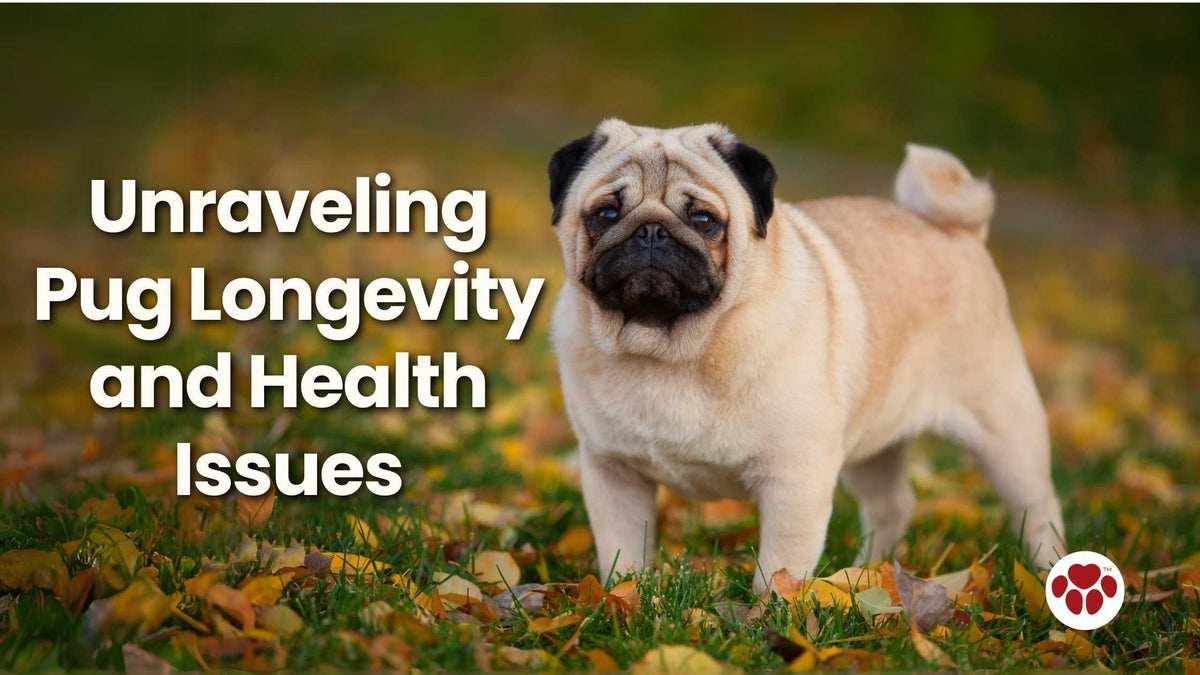
Unraveling Pug Longevity and Health Issues
|
|
Time to read 6 min
|
|
Time to read 6 min
Welcome to a deep dive into the world of pugs - those adorable, wrinkly-faced dogs that capture our hearts with their undeniable charm. Pugs may be small in size, but they certainly have big personalities. However, beneath their playful demeanor lies a breed that is susceptible to certain health conditions.
In this article, we will pull back the curtain to unveil the secrets of the pug lifespan, shedding light on their health issues and the factors that contribute to their longevity. We’ll delve into:
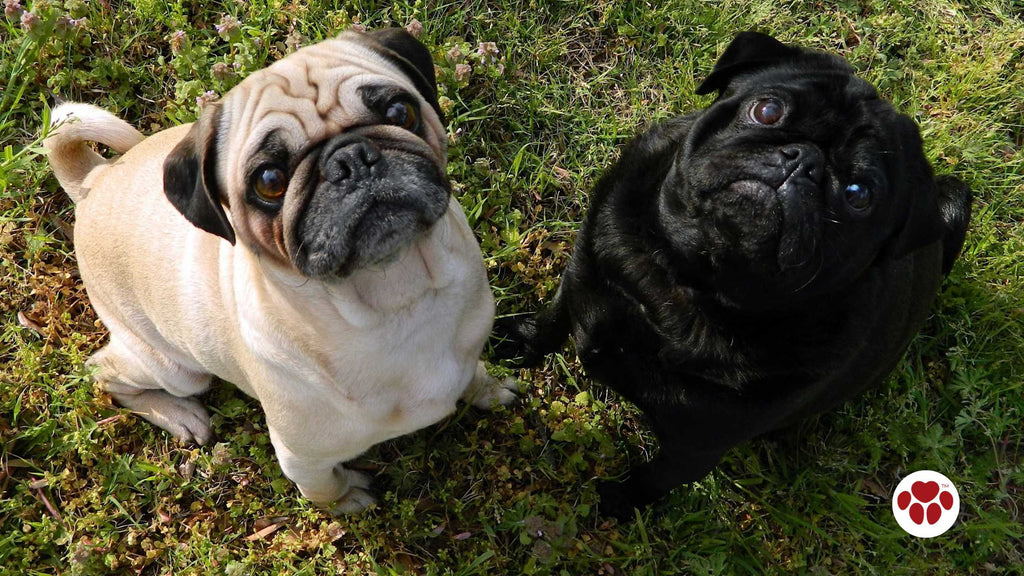
Pugs are small dog breeds that originated in China about 2,000 years ago. They are known for their unique appearance and distinct personality traits. According to AKC, Pug breeds have a life expectancy of 13-15 years. However, their lifespan can be influenced by various factors such as:
Genetics play a significant role in determining how long a pug will live. In 2017, Korec studied the longevity of purebred dog breeds and found that “crossbred dogs have increased longevity compared to purebreds, with body mass being a significant factor in longevity.”
Some pugs may inherit certain health conditions from their parents, which can impact their overall lifespan. Additionally, environmental factors such as diet, exercise, and the level of care provided can also affect a pug's longevity (Helmer and Barnette, 2020). By understanding these factors, pug owners can take proactive steps to ensure their pets live a healthy and fulfilling life.

Being a brachycephalic breed (flat face), one of the most common health problems in pugs is respiratory issues. Their short snouts and flat faces make it difficult for them to breathe properly, leading to respiratory distress, overheating, and potential complications (Fassbaugh, 2022).
Pug owners should be aware of the signs and symptoms of respiratory problems and take appropriate measures to ensure their pugs receive the necessary care and treatment.
Another prevalent health issue in pugs is eye problems. Due to their large and protruding eyes, pugs are susceptible to various eye conditions such as corneal ulcers, dry eye, and progressive retinal atrophy (Helmer and Barnette, 2020). Regular eye examinations and proper eye care can help prevent or manage these issues, ensuring optimal eye health for pugs.
Bone and joint ailments are also common among pugs. Their stocky build and compact body structure put them at a higher risk of developing joint problems such as hip dysplasia and patellar luxation. Aside from degenerative orthopedic problems, they are also prone to misshapen spinal vertebrae (McKee, 2023). Providing adequate exercise, maintaining a healthy weight, and using joint supplements can help alleviate these issues and improve the overall mobility and comfort of pugs. Check "Overcoming Dogs' Paralysis: CBD Oil's Influence on Mobility".
Pugs are usually brought to the clinic for skin and ear problems. Their narrow ear canals and deep skin folds can easily harbor dirt and bacteria, especially on their face. Regularly cleaning of their ears does not only prevent infection but also allows owners to check for any signs of inflammation (Fassbaugh, 2022).

Respiratory problems are a significant concern for pug owners due to the breed's brachycephalic nature. Pugs have short snouts and a compressed airway, making it challenging for them to breathe properly. This can result in:
It's crucial for pug owners to be aware of the signs of respiratory distress and seek veterinary care promptly. Certain lifestyle modifications, such as avoiding strenuous exercise and providing a cool and well-ventilated environment, can help manage respiratory issues in pugs.
Joint health plays a crucial role in a pug's overall well-being. The breed's stocky build and compact body structure make them prone to joint problems. Conditions such as hip dysplasia, patellar luxation, and spinal disc problem, can cause pain, discomfort, and limited mobility in pugs.
Regular exercise, controlled weight management, use of joint supplements, and CBD Oil can help support and maintain healthy joints in pugs. Additionally, providing appropriate bedding and avoiding activities that put excessive strain on their joints can contribute to their overall joint health. Read "CBD Oil For Dogs With Joint Pains".
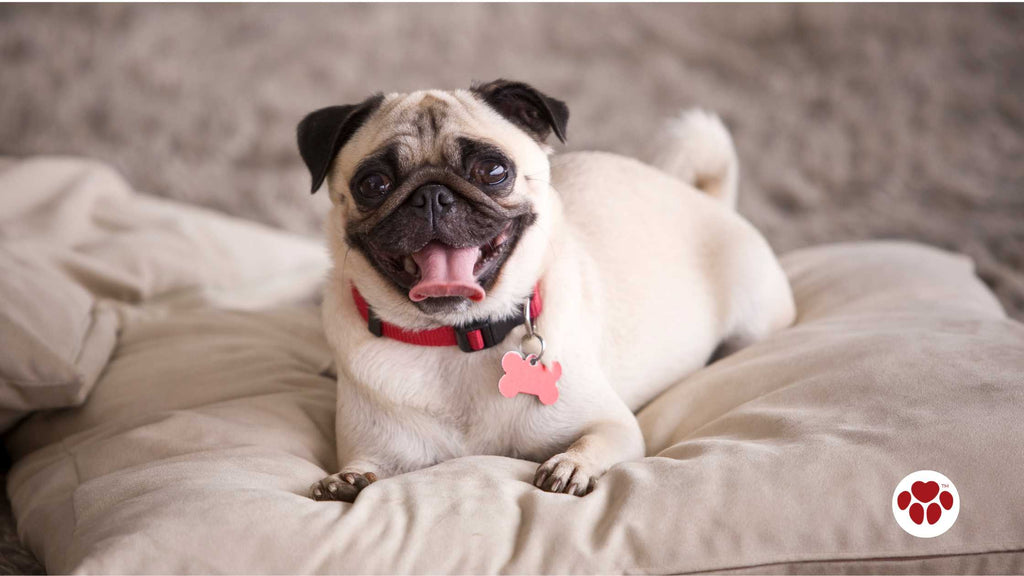
Maintaining a healthy lifestyle is essential for pugs to live a long and happy life. Regular exercise is crucial to keep them physically fit and mentally stimulated. However, pugs should not engage in intense physical activities that put excessive strain on their respiratory system or joints. Short walks, gentle play sessions, and mental stimulation exercises are ideal for pugs.
Diet also plays a significant role in a pug's overall health. Pugs have a tendency to gain weight easily (Helmer and Barnette, 2020), which can exacerbate their health issues. Feeding a balanced diet, avoiding overfeeding, and incorporating high-quality ingredients can help manage their weight and promote optimal health.
Additionally, certain dietary considerations, such as providing a low-sodium diet to manage their blood pressure, a fatty acid supplement such as fish oil for skin allergies, glucosamine and chondroitin for arthritis or other joint problems, can contribute to their overall well-being. Refer to "Dog's Arthritis Aid: Unveiling CBD Oil's Benefits".
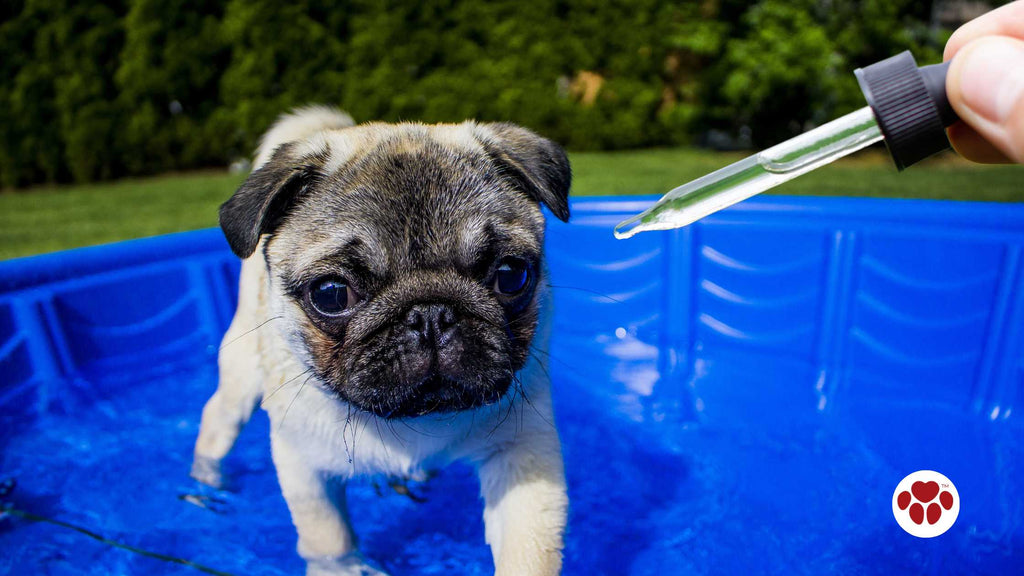
CBD oil has gained popularity in recent years for its potential health benefits in pets. Pugs, in particular, may benefit from CBD oil, such as CBD Full-Spectrum Happy-Furever Oil, due to its anti-inflammatory and pain-relieving properties (Brioschi, et al, 2020). It can help alleviate joint discomfort, reduce anxiety, and improve overall well-being in pugs.
According to the study of Gamble, et al. in 2018, “CBD oil (2 mg/kg twice daily) significantly decreases pain and increases activity in dogs with osteoarthritis, with no reported side effects.” However, it's essential to consult with a veterinarian before introducing CBD oil into a pug's routine to ensure it is safe and appropriate for their specific needs.

Proper nutrition is crucial for pugs to thrive and live a long and healthy life. Pugs have specific dietary needs that should be considered when selecting their food. Opting for high-quality, breed-specific dog food that is rich in nutrients and free from artificial additives and fillers can contribute to their overall health. Additionally, pug owners should be mindful of portion control to prevent overeating and weight gain, which can exacerbate their health issues.
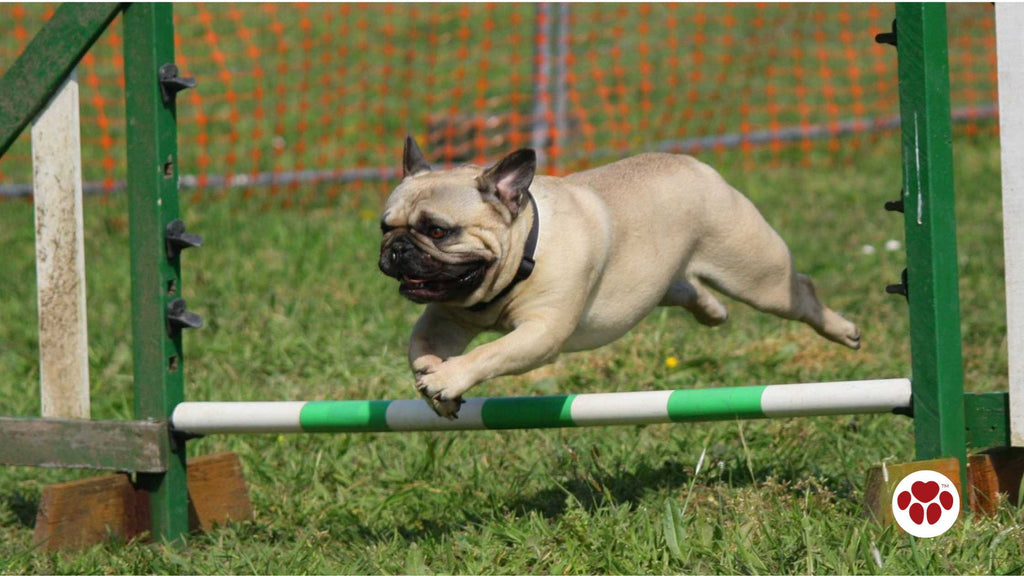
Regular exercise and mental stimulation are vital for a pug's overall well-being. Engaging in physical activities not only helps keep them physically fit but also provides mental stimulation and prevents boredom. Short walks, interactive toys, puzzle games, and training sessions can help keep pugs mentally engaged and prevent behavioral issues that may arise from boredom or lack of mental stimulation. Check out "5 Tips for Anxious Dogs".
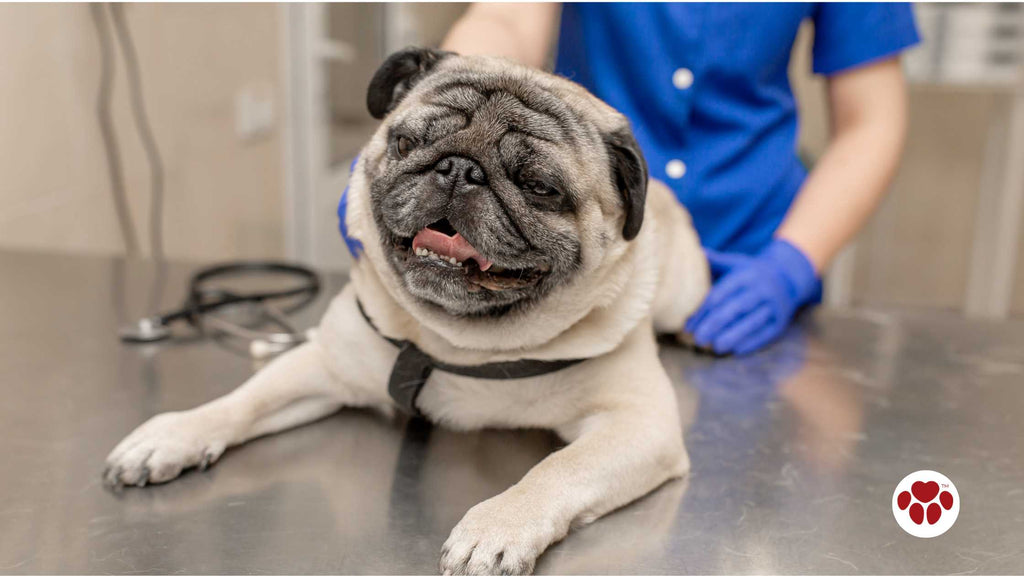
Regular veterinary check-ups are a crucial aspect of maintaining a pug's health. Pugs are prone to certain health conditions, and routine examinations can help detect any potential issues early on.
Regular vaccinations, dental care, and preventive measures such as flea and tick control are essential for a pug's well-being. Additionally, scheduling regular eye examinations and monitoring their respiratory health can help ensure early intervention and appropriate treatment if needed.

There are many myths surrounding the lifespan of pugs. Some people believe that pugs have a short lifespan due to their breed's health issues. While it is true that pugs are prone to certain health conditions, with proper care and management, pugs can live a long and fulfilling life.
By understanding their unique needs, providing appropriate care, and addressing health issues promptly, pug owners can maximize their pet's lifespan and ensure they enjoy a happy and healthy existence.
Join us on this enlightening journey as we unravel the mysteries of the pug lifespan, providing valuable insights and actionable advice for pug owners and anyone captivated by these lovable creatures.